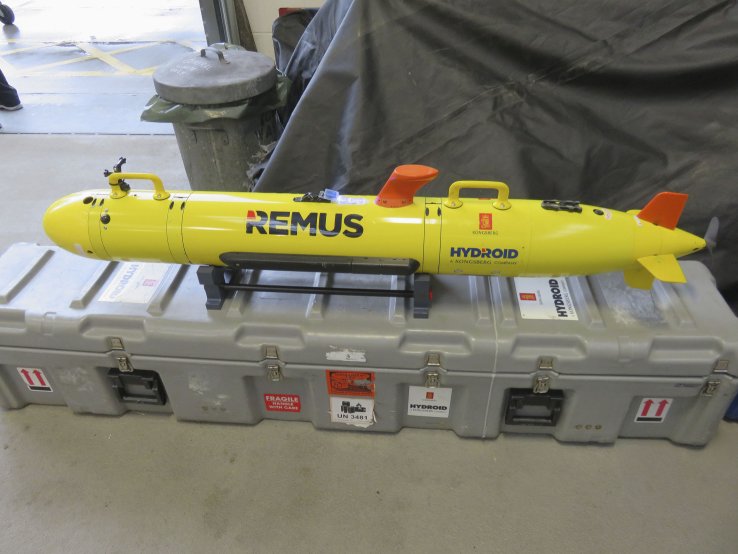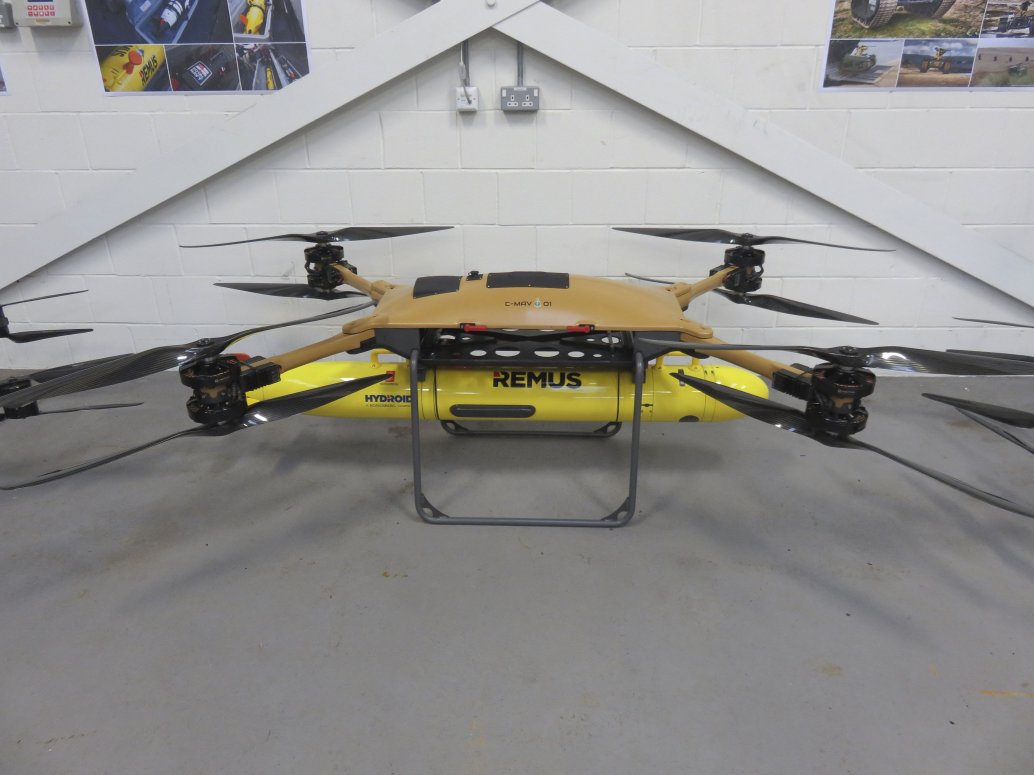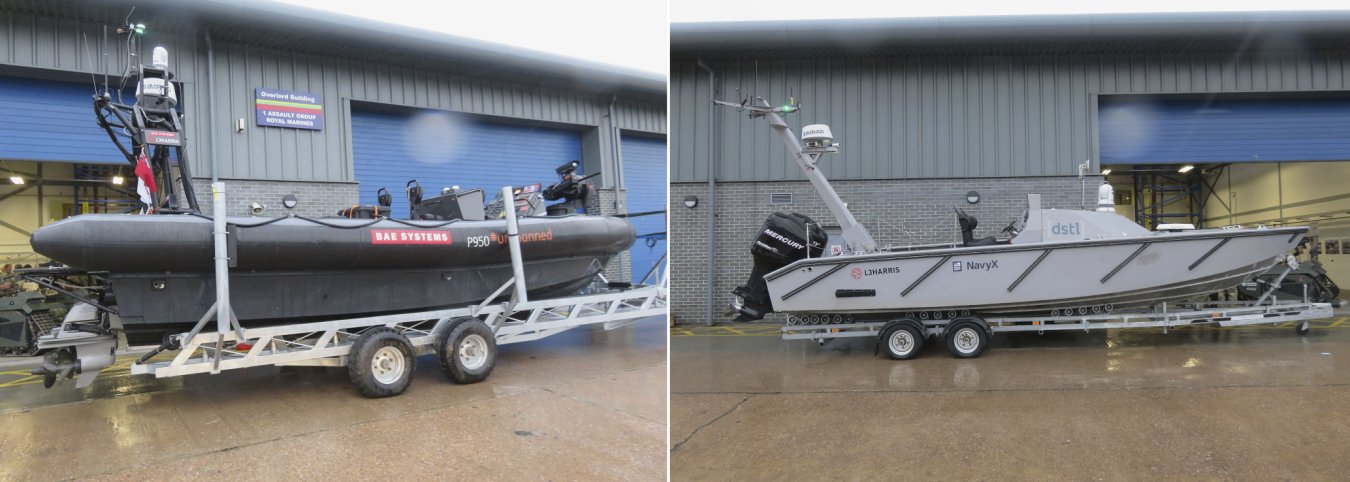- About
- Intara
- Capabilities
- Advisory
- Resources
- News
- Store
03 December 2019
AAF 2.0: UK advances autonomous platforms in amphibious operations
by Giles Ebbutt
The UK Royal Navy (RN) and Royal Marines (RM) have completed a major experimental exercise as part of the work to develop the Future Commando Force (FCF) and Littoral Strike capability. Autonomous Advanced Force (AAF) 2.0, which took place in North Devon in the UK in November 2019, was part of the ‘Commando Warrior’ series of exercises designed to develop FCF concepts.
The event, which was run under the auspices of Navy X, the RN’s Autonomy and Lethality Accelerator, included participation of RM units; 700X RN Air Squadron (RNAS); MarWorks, the RN’s Information Warfare (IW) Technology Accelerator; and 11 companies providing unmanned and autonomous platforms and capabilities.
The experiment integrated unmanned and autonomous platforms and dismounted troops into a single command-and-control (C2) architecture in order to conduct an advanced force reconnaissance operation. The exercise director, Colonel Chris Haw, commanding officer of 47 Commando (Raiding Group) RM, noted that “Advanced force operations are some of the most demanding in amphibious operations as they embrace covert tactical activity in the air, surface, subsurface, and land domains”.

Kongsberg’s REMUS 100 was used for hydrographic reconnaissance during AAF 2.0. The orange protuberance on the top is a GPS/WiFi/Iridium antenna. The black bar on the side is a sidescan sonar antenna. (Giles Ebbutt)
AAF 1.0, held in April 2019, addressed the use of autonomous technology to enable a commando raid. The scenario for AAF 2.0 was a more discreet operation, aimed at putting the minimum of personnel ashore for covert operations and reducing the risk of their being in harm’s way. Some aspects of the event were classified and not revealed to Jane’s .


Already a Janes subscriber? Read the full article via the
Client Login
Interested in subscribing, see What we do
The UK Royal Navy (RN) and Royal Marines (RM) have completed a major experimental exercise as part o...
Associated services
 Details
Details 